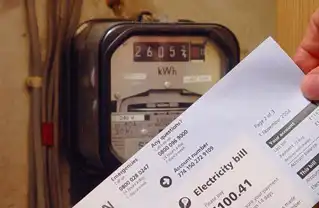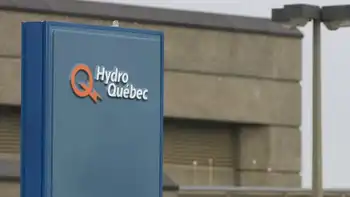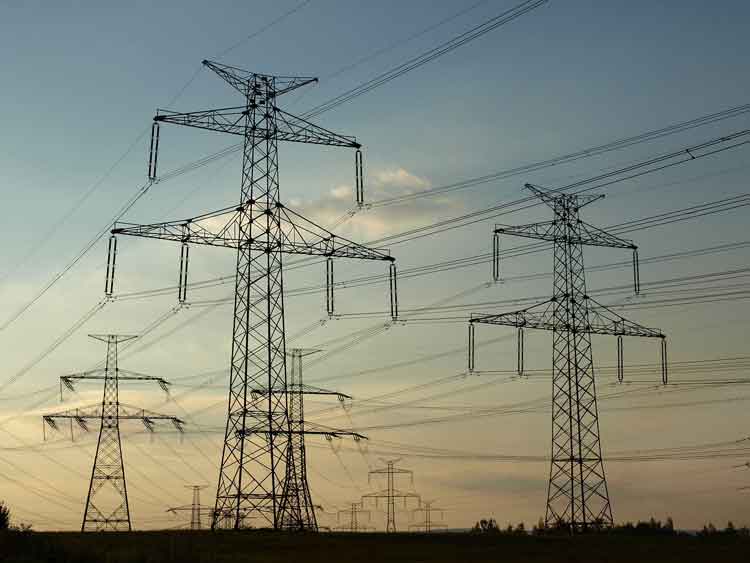Public Service Company of Oklahoma shares cost of putting power lines underground
There are two different costs associated with burying power lines - the cost for residential power lines and the cost for power lines along main roads. Steve Penrose, the manager for Public Service Company of Oklahoma Distribution Systems Support, said it costs about $500,000 per mile to put residential power lines under ground.
For power lines that run along major arterial roads, the cost is about $1.9 million per mile, he said, explaining that the lines along major arterial road have three electrical sources whereas residential power lines have typical one electrical source. Most residential power lines tap off of major arterial power lines.
Penrose said labor and specialized heavy equipment are parts of the cost.
Christiansen said the city recently completed a road project on Yale between 71st and 81st. Part of the roadwork included moving the electric utility, which is an overhead power system. He wanted to what the cost would have been to bury the power lines.
With the project, PSO spent about $140,000 to relocate the overhead power lines as overhead power lines, Penrose said. If they had put the lines underground, it would have cost approximately $3.8 million.
While there is a cost associated with putting power lines underground, there is a benefit. Penrose pointed that animals, trees, and even cars can cause electric disruptions to overhead power lines. Those elements aren't always an issue with underground power lines.
PSO is trying to improve its electric reliability for its customers. Some of its efforts include tree trimming programs, but this year, Penrose said it started burying residential power lines. This year it plans to spend about $12 million on burying residential power lines. In the first year, the company has buried 17 miles of power lines affecting 1,300 customers in six neighborhoods.
Over the course of the program's life, the company plans to spend about $20 million a year on burying residential lines, he said. The project will run for about 20 to 25 years since the company has about 700 miles of residential lines.
Related News

Jordan approves MOU to implement Jordan-Saudi Arabia electricity linkage
AMAN - The Jordanian Cabinet on has approved the memorandum of understanding to implement the electricity linkage project between Jordan and Saudi Arabia.
The memo will be signed between the National Electric Power Company(NEPCO) and the Saudi National Electricity Company.
The agreement will enable the two sides to initiate technical and financial feasibility studies for the project, which aims to enhance the stability and reliability of electricity networks in both countries.
The initial feasibility studies, which came as part of the comprehensive Arab electricity linkage issued by the Arab League in 2014, had shown the possibility of implementing the Jordanian-Saudi linkage.
Also on Wednesday, the Government approved the…





